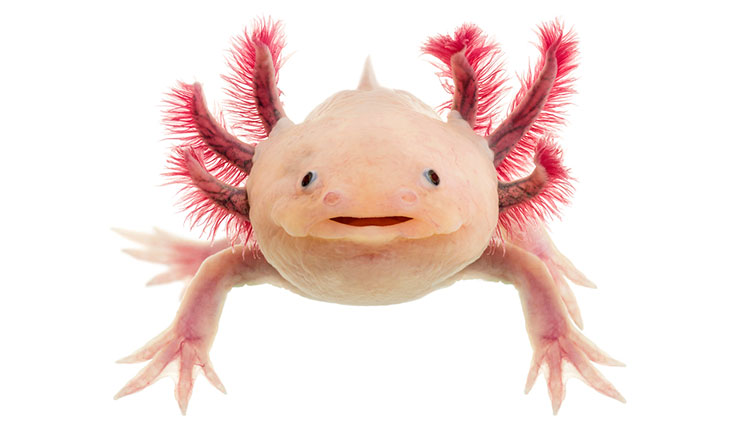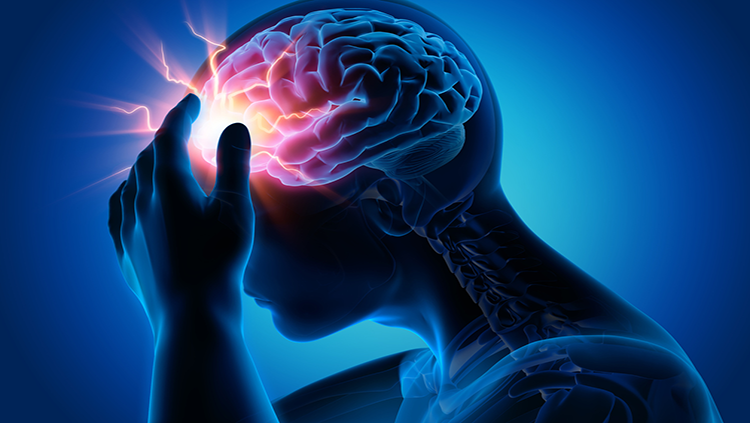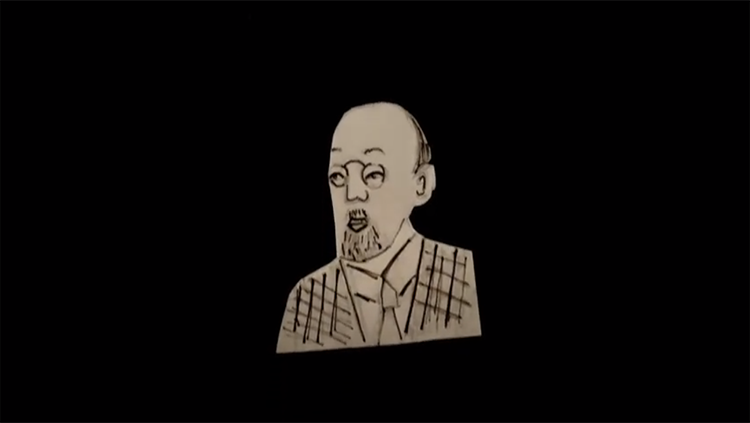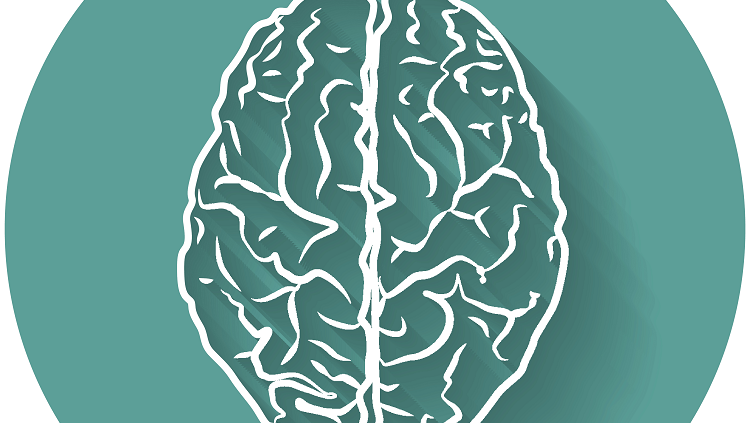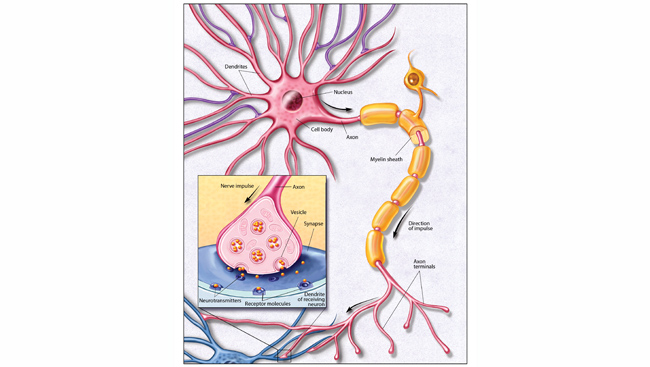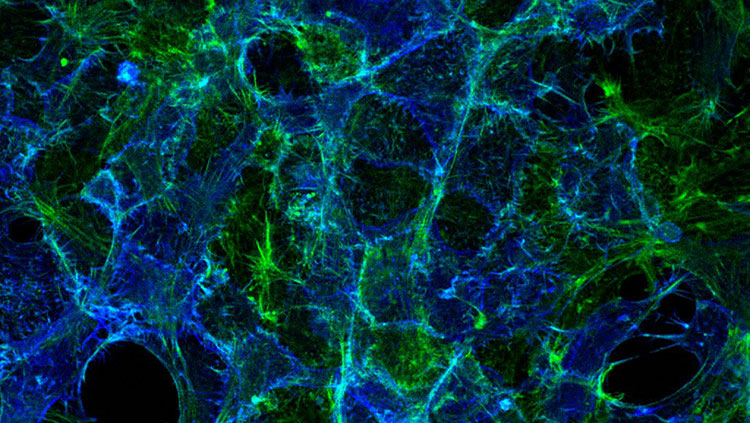It is fairly remarkable that Concussion, the movie, exists. Ten years ago, the public did not know much about concussions and other forms of brain trauma. People weren’t watching football games and thinking about the long-term neurological effects of the brutal hits. Around 2009, the National Football League (NFL) started catching heat for its outdated concussion policies. In 2013, a book and corresponding documentary that tackled the issue, League of Denial, were released. And now, at the end of 2015, Hollywood has brought us a major motion picture that stars Will Smith as a neuropathologist fighting to reveal the truth about head trauma in football players.
The film’s mere existence will hopefully mean even more public discussion of an important issue. It is based on a wonderfully researched 2009 GQ feature, which later became a book, by Jeanne Marie Laskas. She profiles Bennet Omalu, who was working as a forensic pathologist in Pittsburgh in 2002, when he performed the autopsy of former Pittsburgh Steelers lineman Mike Webster. Omalu’s initial evaluation of Webster’s brain showed no abnormalities. But Webster’s post-football life had been troubling: living out of his truck, using a Taser gun on himself, and gluing his rotting teeth back into his mouth. He was only 50 when he died of a heart attack. Omalu kept probing Webster’s brain and racking his own, looking for an answer. He found it in the build-up of tau proteins he saw while examining slices of Webster’s brain under a microscope, resulting in a groundbreaking diagnosis of chronic traumatic encephalopathy (CTE).
The two three-letter acronyms—CTE and NFL—have been linked since. League executives are not dwelling on how they handled head injuries in the past (if they did, they wouldn’t like what they found), which is why trailers for Concussion have aired during NFL broadcasts. The NFL prefers to focus on the future, and many scientists are doing the same. This past summer, Harvard researchers reported on a protein that might further our understanding of the link between head trauma and neurodegeneration. “I think it’s likely that cis P-tau is playing a critical role in the early stages of CTE,” one of the lead researchers told Dana.org. Their work could lead to early detection of CTE and/or treatment for the disease. Identifying CTE in the living is the biggest challenge in this fight. Imaging appears to be the most promising method. UCLA has been at the forefront, following up on previous research this past April. Simply identifying tau isn’t sufficient—the protein would show up in an Alzheimer’s patient as well.
The UCLA team believes its findings are more specific to those who suffered concussions. “The distribution pattern of the abnormal brain proteins, primarily tau, observed in these PET scans, presents a ‘fingerprint’ characteristic of CTE,” a lead author of the research said. Just recently, researchers from a variety of organizations were awarded $16 million from the National Institutes of Health to develop methods for diagnosing CTE in the living. The study’s participants will include former NFL players who have not displayed symptoms of dementia, which is crucial. The link between repetitive brain trauma and CTE can be strengthened if the study can eventually answer certain questions, such as, “Do genetic factors put some people at greater risk? How important are the types of hit, the severity of brain trauma, and age of first exposure?”
This type of research is often associated with NFL players, but it has far wider implications, especially for those under 18 and college athletes who play any number of sports. Omalu recently wrote that kids shouldn’t be allowed to play tackle football, an op-ed that Brain in the News columnist Guy McKhann addressed. The theater where I saw Concussion was packed, and though most people were seeing the latest Star Wars, Concussion is producing some important buzz. Will Smith—who does a superb job portraying Omalu—is on the cover of Sports Illustrated. Concussions are “mainstream” in public’s awareness while research has increased dramatically, and the film helps with the former.
There’s still more to do on both fronts, but the next 10 years promise to be what some might aptly call a game changer.
—Andrew Kahn This article was originally posted by the Dana Foundation Blog.
CONTENT PROVIDED BY
The Dana Foundation is a private philanthropic organization that supports brain research through grants and educates the public about the successes and potential of brain research.



